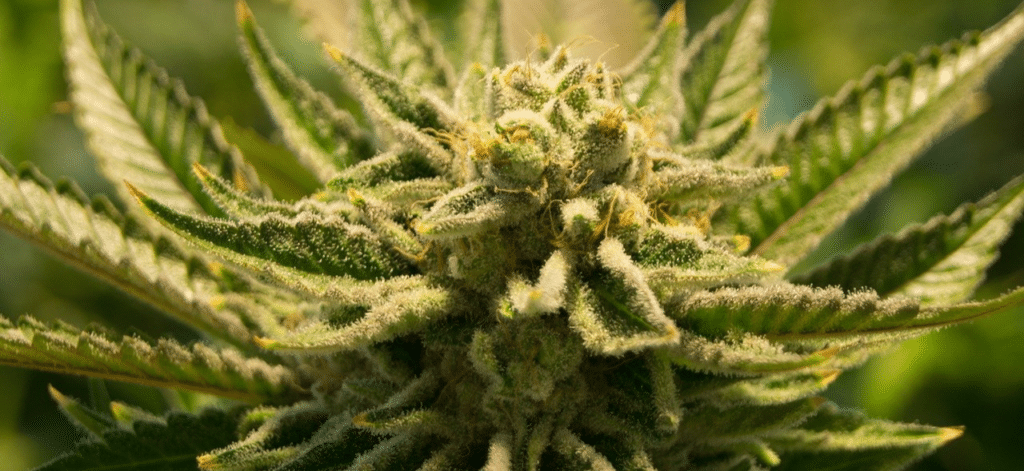Types Of Substance Abuse
This page is provided as a guide to substance abuse. Each one is different in composition and has different effects the body.
Depressants
Depressants are drugs with a sedative effect. The ATC system for the classification of drugs distinguishes between anxiolytics (anxiolytics), hypnotics (sleep aids) and sedatives (sedatives). However, in regard to their effects on the nervous system, there are no sharp differences between these groups, and they are often used interwoven in practice
The most popular sedatives are benzodiazepines with relatively long-lasting effects, such as diazepam and oxazepam. Short-acting benzodiazepines are classified as sleep agents. Recent substances such as zopiclone and zolpidem have slightly different chemical composition but the same mechanism of action.
Life can take you higher than drugs.
Benzodiazepines strengthen the effect of GABA, which is a naturally-restraining central nervous system transmitter. Weak GABA causes anxiety, agitation, and insomnia, and the use of benzodiazepines provide a calming experience many describe as natural and comfortable.
Alcohol and tobacco often act as depressants, making it a popular choice for users looking to relax.
Generally, depressants are not very toxic. The problems with this type of sedative are primarily related to the possibility of overuse, and especially to the uncontrolled increase of the dose, which gradually leads to physical and mental dependence. Depressant abuse can cause a host of issues in both the long and short term: delirium, weight gain and increased blood sugar, low blood pressure, impaired memory, hallucinations and much more.
There is still disagreement about what is the optimal use of sedative agents. On the one hand, it is claimed that sedatives are often abused to suppress problems that should have been treated in other ways. On the other hand, it is pointed out that an excessively restrictive attitude toward the use of sedative agents causes people unnecessary ailments.
Stimulants
Psychostimulants are agents and drugs that stimulate mental functions and suppress fatigue, thirst, and hunger. Common stimulants are meth (methamphetamine) and cocaine.

The most commonly known substances in this group are amphetamine, methamphetamine, methylphenidate, and cocaine. Only amphetamine, methylphenidate and closely related substances are registered as medicament in the United States.
Both amphetamine and methylphenidate are used in the treatment of hyperactivity syndrome and in narcolepsy. However, due to the risk of abuse, there are strict rules for which doctors have the right prescribe these medicaments. Cocaine, on the other hand, is a very effective psychostimulant that is no longer used for medical purposes but has become a common and “luxurious” street drug. Other, less effective psychostimulants are ephedrine and caffeine.
Stimulants work by increasing the number of transmitters in the central nervous system’s synapses. This results in increased energy levels, increased self-esteem, decreased appetite, feelings of intoxication with elevated mood and criticism. The sympathetic nervous system is activated and provides increased blood pressure and pulse. Intake of stimulants can also trigger anxiety attacks, irritability, paranoia, and hallucinations.
The influence of stimulants can lead to accidents and violence. There is a risk of developing acute, serious illnesses, such as heart attacks and strokes. With repeated use, the risk of developing addiction is high. Symptoms of psychosis, similar to those found in schizophrenia, are common in people who rely on stimulants. However, these will usually subside when use ends. Withdrawal reactions at end of prolonged abuse will also be characterized by symptoms such as fatigue, anxiety, and depression.
Hallucinogens
Hallucinogens is the collective term for drugs which, by their influence on the brain, induce psychosis-like consciousness changes and disorders of sense perception (illusions, hallucinations), as well as some central nervous stimulation.
The most commonly used hallucinogens are LSD (lysergic acid diethylamide), Psilocybin, Salvia, and Peyote. Other less prevalent hallucinogens are MDA (methylenedioxyamphetamine) PMA (paramethoxymethetamine), TMA (trimetholesyamphetamine) and DOM (dimethoxymethamphetamine).
Prolonged misuse of hallucinogens can cause permanent damage and lead to disorders such as paranoia, psychosis anxiety and increased blood pressure.
Disassociatives
Dissociatives are a class of hallucinogen, which can produce visual and auditory distortions and a sense of floating and dissociation (feeling detached from reality) in users. Use of dissociative drugs can also cause anxiety, memory loss, and impaired motor function, including body tremors and numbness.
Don't wait to start recovery. Take the first step now!
These effects, which depend on the amount of the drug taken, are also unpredictable—typically beginning within minutes of ingestion and lasting for several hours, although some users report feeling the drug’s effects for days.
Effects of Dissociative Misuse
- Numbness
- Disorientation, confusion, and loss of coordination
- Dizziness, nausea, vomiting
- Changes in sensory perceptions (such as sight, sound, shapes, time, and body image)
- Hallucinations
- Feelings of detachment from self and environment
- Increase in blood pressure, heart rate, respiration, and body temperature
Opioids
Opioids are substances that influence the opioid receptors in our central nervous system. These can either be substances present in opium (morphine, etc.), synthetically produced substances (codeine, etc.), or substances naturally occurring in the body (endorphins). The most known forms of opioids are Heroin, Morphine, Hydrocodone, Vicodin, Oxycontin, Percocet, and Codeine.
Opioids are most commonly used as powerful pain relievers and produce a sense of euphoria in users. This form of painkiller is known to be extremely habit-forming, sometimes even causing addiction in as little as three days.
The withdrawal symptoms from long-term opioid abuse are particularly nasty. Hydrocodone withdrawal can be especially foul and usually causes flu-like symptoms for weeks on end. Other effects of opioid misuse include liver damage, brain impairment, constipation, drowsiness, and sedation.
Inhalants are drugs cause brief feelings of euphoria. Most drugs that fall under this category are normal household items such as fumes of markers, paint, paint thinner, gasoline and glue, nitrous oxide, aerosol sprays, and room deodorizers.
The misuse of substances can have a number of both short-term and long-term effects, included but not limited to:
- Loss of smell
- Brain damage
- Nosebleeds
- Weakness
- Euphoria
- Increased heart rate
- Loss of consciousness
- Hallucinations
- Slurred speech
Cannabis

Cannabis is a common name for the narcotics derived from a subspecies of hemp, cannabis sativa, and indica. The plant is originally cultivated in hot-tempered areas, especially in Asia, North Africa, and Central America, but can, in principle, be grown anywhere. It is the top shoots and female blossom that give the different products: marijuana, hashish (hashish), hashish oil and other cannabis preparations.
Cannabis contains over 400 chemical compounds. Around 80 are of the cannabinoids type (also called “cannabis-like substances”), many of which are psychoactive. The most important ones are delta-9-tetrahydrocannabinol (THC) and cannabidiol (CBD). Several of the cannabinoids have hallucinogenic properties. The secretion of cannabis can take up to 70 days after large and prolonged intake. However, in the case of single intake of smaller amounts, the substance is faster out of the body.
Cannabis intake can induce an intoxication characterized by excitement, a sense of lightness, “floating”, and a change in the concept of time and reality perception.
In addition to a sense of euphoria and intoxication, cannabis can cause anxiety attacks and hallucinations but also impaired psychomotor and cognitive abilities. Chronic use can provide tolerance to the effects and withdrawal of lower doses or no intake. Both harmful use and addiction are commonly seen.
Chronic use of cannabis increases the risk of physical and mental damage. Cannabis has been shown to increase the risk of various types of cancer, for chronic obstructive pulmonary disease (COPD) and for cardiac rhythm disorders. Used over time, cannabis can presumably give rise to anxiety disorders, affective disorders, and more permanent cognitive impairments.
Call StepHouse Recovery or Contact Us today and one of our caring representatives will hear you out and point you in the right direction.
Our YouTube channel is full of testimonials from our patients.